Obtain your industry needs → Confirm product parameters → Provide customized solutions → Offer a quotation → Provide free sample testing
📊 Regulatory data shows foreign matter is a top cause of non-compliant food. 🚫

❌ Manual spot checks are unreliable, failing to ensure full batch compliance and leaving you open to regulatory penalties. ⚖️
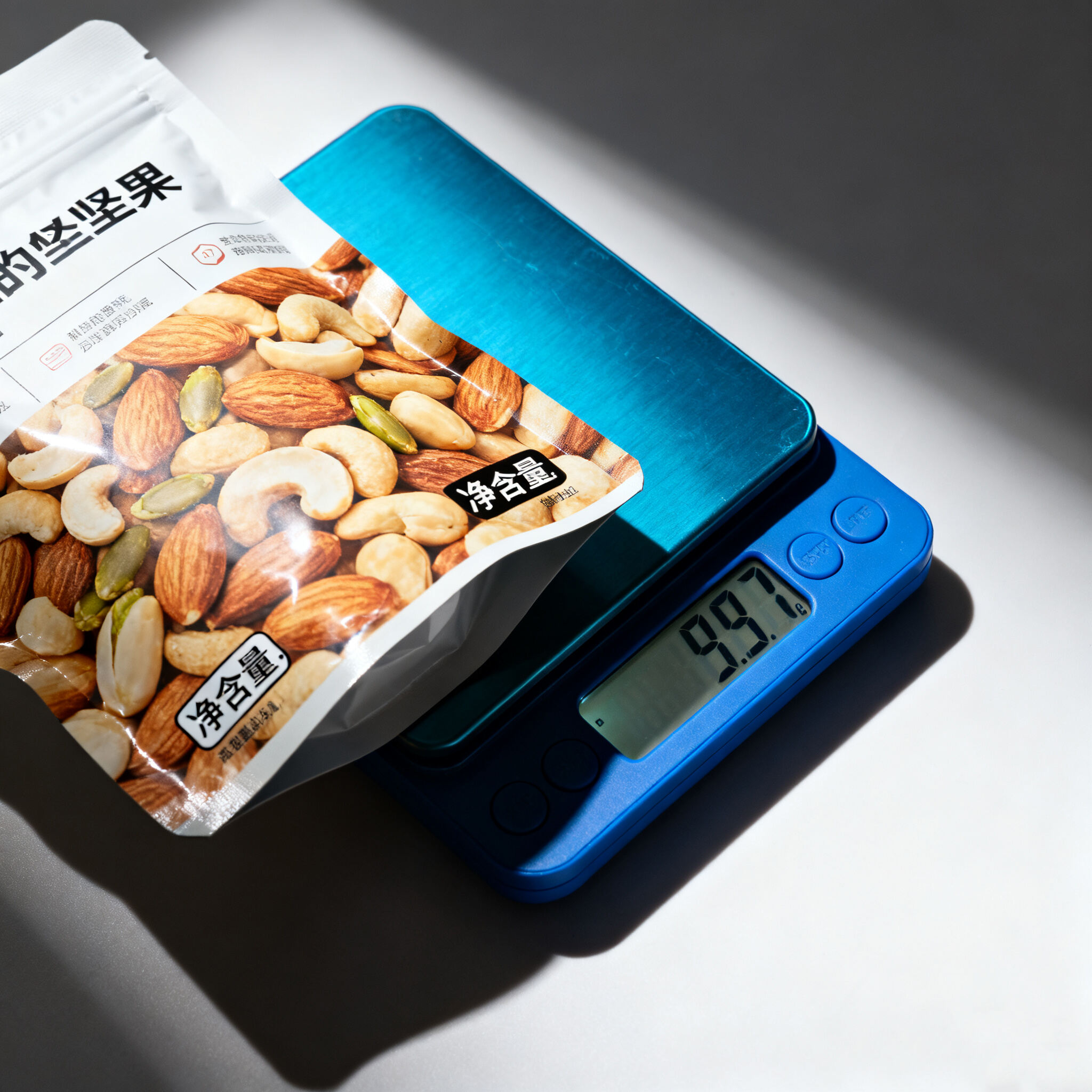
📦 Opaque packaging and high-speed lines prevent visual inspection 👁️❌. Any issue found after opening causes irreversible brand damage. ⚠️
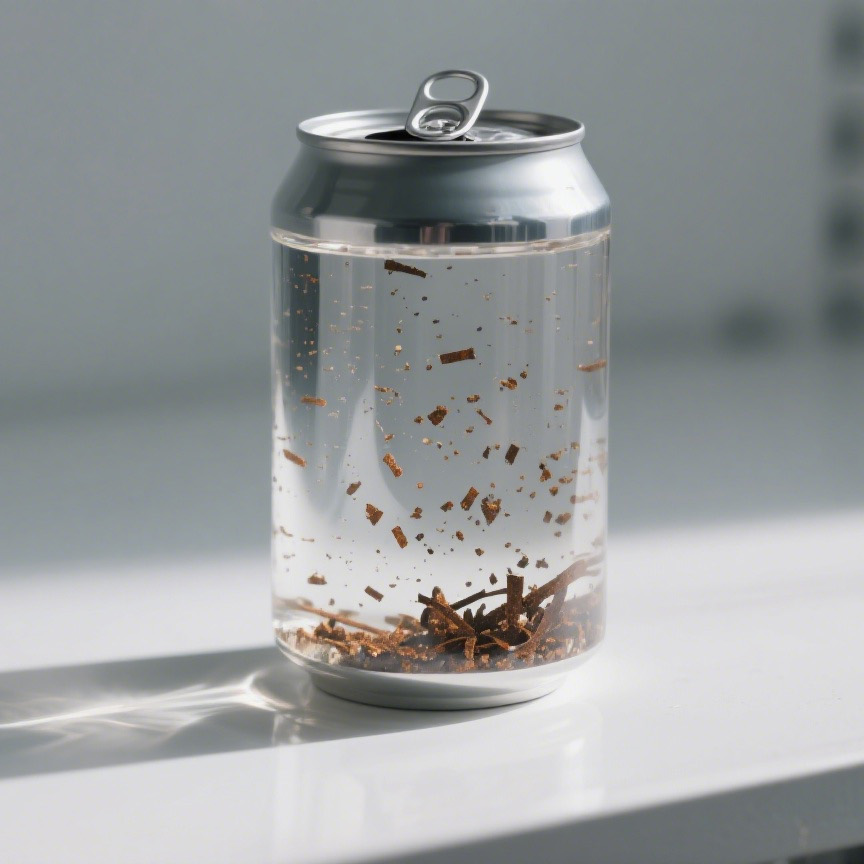

Precision Metal Detector
This detector accurately identifies ferrous, non-ferrous
, and stainless steel,
metals with a sensitivity range of 0.3 mm to 1.0 mm.
It is controlled via a touchscreen that provides data recording and traceability functions.

Dynamic Weighing Technology
delivers high-precision accuracy within ±0.1–0.5 grams
. The system automatically rejects non-conforming products while providing real-time weight monitoring.

X-ray Inspection System
Provides comprehensive inspection by simultaneously detecting metals, glass, stones, and high-density plastics
. It delivers high sensitivity for contaminants as small as 0.3 mm supported by real-time imaging and data traceability.

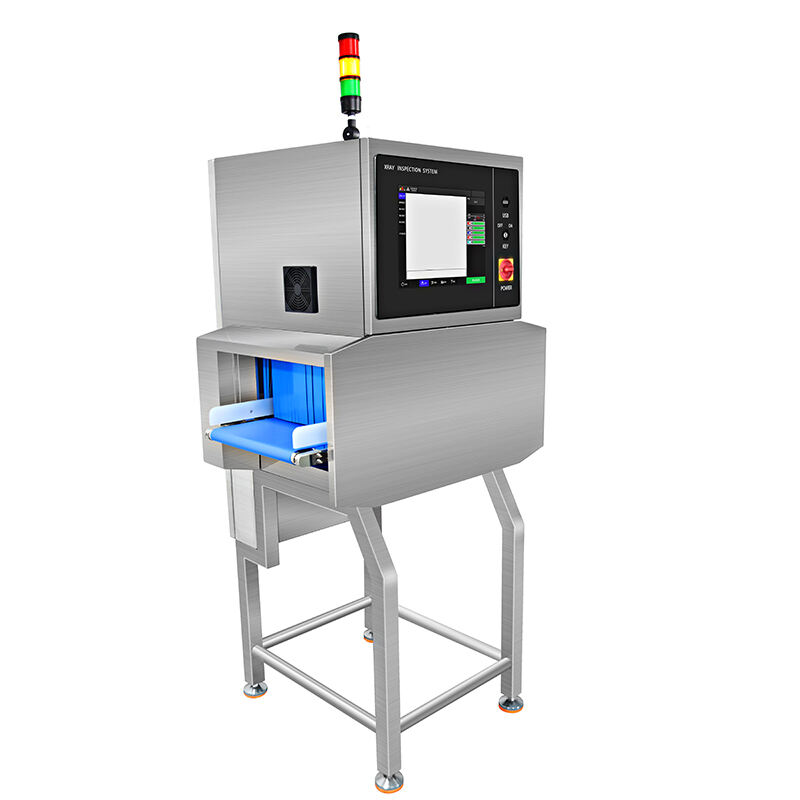
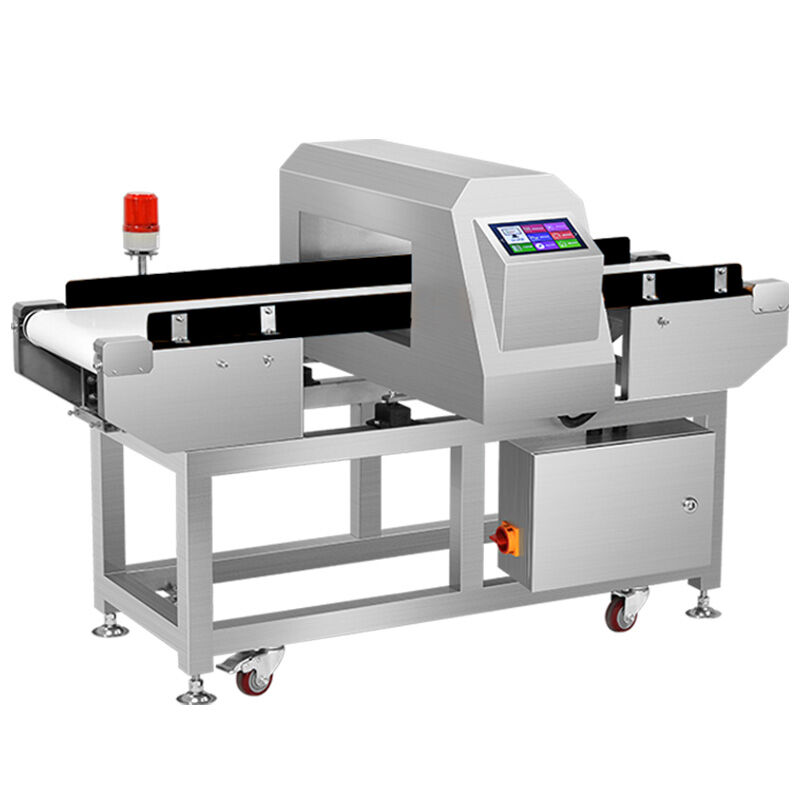

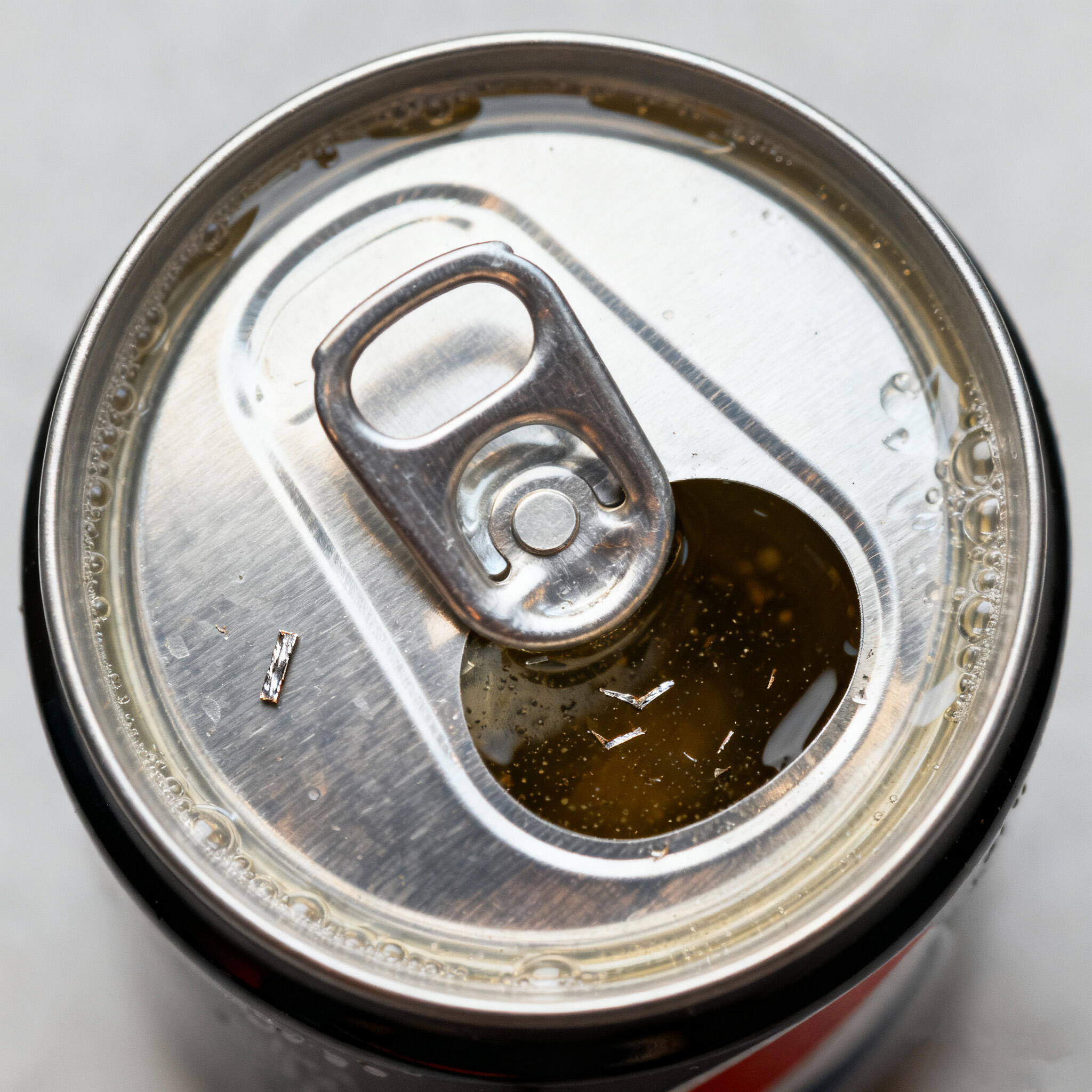
The production line of a certain beverage company has repeatedly failed to effectivelydetect metal fragments in raw materials and metal shavings caused by equipment wear,resulting in an approximate loss of 15 working hours per month.